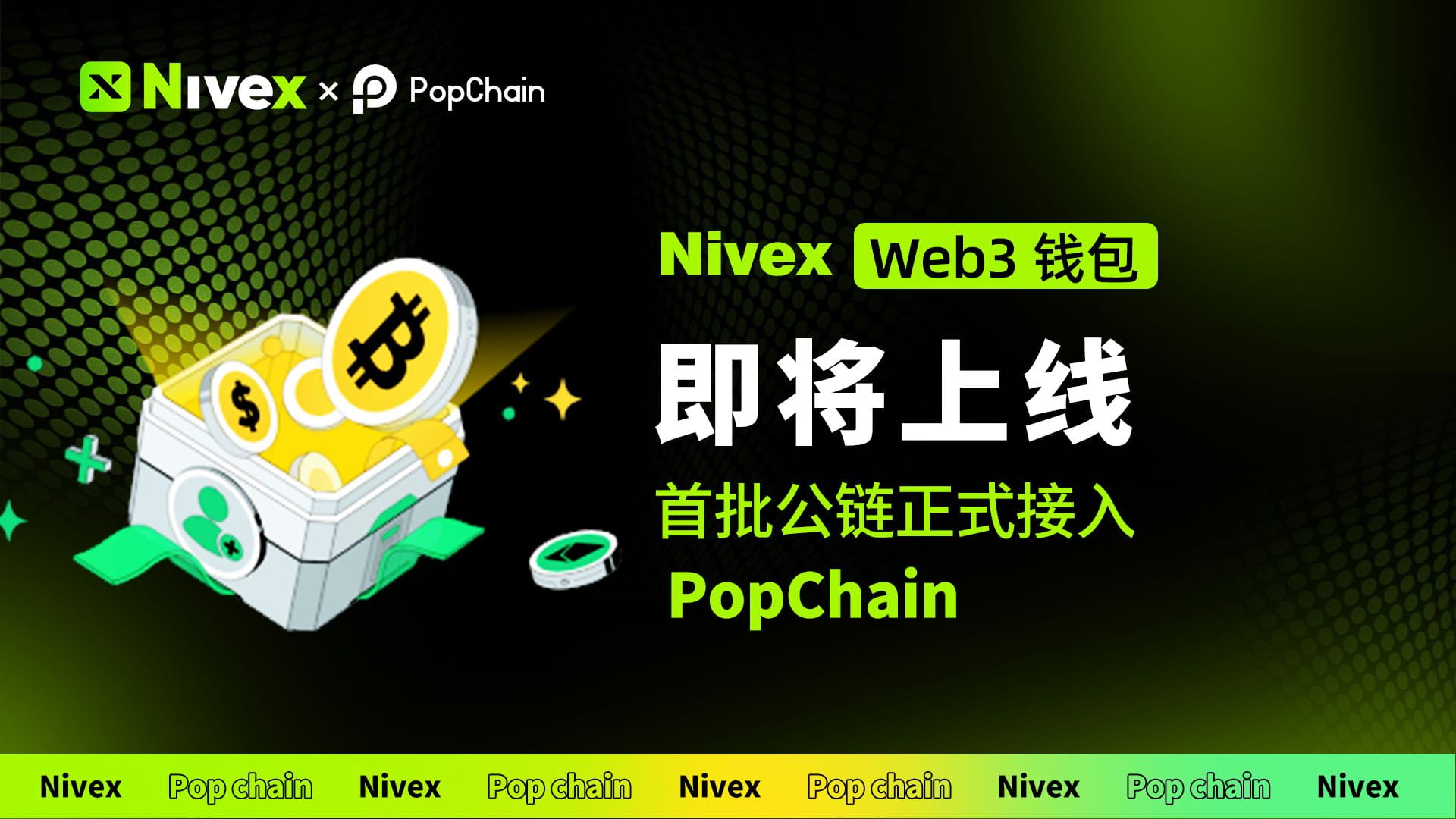1. The trend of enterprises building their own L1 is emerging, embracing valuation premiums.
The blockchain industry in 2025 is ushering in a new trend: enterprises building their own L1 blockchain. Payment giant Stripe has partnered with crypto venture firm Paradigm to launch Tempo, and Circle has also announced similar plans in its financial report, with more Fortune 500 companies beginning to explore their own L1.
This trend is not accidental. Firstly, after more than a decade of development, L1 has become the mainstream cognitive asset in blockchain; whether it is Bitcoin, Ethereum, or Solana, they have entered the cognitive framework of traditional financial executives. Compared to the still-exploring L2 or complex cross-chain solutions, the maturity and controllability of L1 make enterprises more willing to bet on it.
Secondly, having its own L1 can reduce platform dependency risks. Just as enterprises adopt multi-cloud architectures to avoid excessive reliance on AWS or Microsoft Azure, developing their own L1 enables enterprises to gain autonomous and controllable infrastructure in core businesses like payment, clearing, and settlement.
More importantly, the capital market has always given platform-based infrastructure a higher valuation premium. Just like tech platforms such as AWS, App Store, and Azure far surpass the valuation of single products, L1 inherently possesses ecological premium; it is not just a chain, but also an operating system that coordinates developers, users, and asset flows.
2. The two-tier differentiation of public chains.
Meanwhile, application chains (Appchains) have also become a high-frequency term. Numerous DeFi products have also launched their own public chains. Theoretically, application chains can allow projects to simultaneously control product logic and underlying settlement layers, enhancing cost capture capabilities. However, reality shows a clear polarization:
Few successful cases.For example, Hyperliquid, with a complete tech stack and exceptional performance, has formed differentiated advantages in user experience and fee generation.
Most projects, however, are in trouble.They neither resemble high-performance L1s, lacking ecological network effects; nor do they resemble mature dApps, lacking a clear user market and genuine demand. The result is often that capital narratives outweigh actual value, making it difficult to go far.
This indicates that blindly issuing one's own public chain is not a shortcut to success. What truly determines whether a project can develop in the long term is still clear product positioning, genuine user demand, and a sustainable economic model.
3. Nivex's choice: Using the wallet as an entry point to build an open ecosystem.
Against the backdrop of infrastructure premiums and the Appchain dilemma, Nivex does not blindly pursue the trend of building its own L1, but instead chooses a more pragmatic path: launching its own Web3 wallet, using it as an entry point for ecological openness, and engaging in deep cooperation with more potential public chain ecosystems.
This upcoming wallet has multiple functional highlights:
Non-custodial security: Users control the asset private keys, making funds safer.
Multi-Chain Management: Supports multiple mainstream chains and multi-asset combinations.
Direct DApp Connection & Cross-Chain Interoperability: Seamless access to DeFi, NFT, RWA, and other applications.
Identity Binding: Provides support for compliance and future account systems.
In Nivex's strategic design, the wallet is not only the entry point for users but also a connection between exchanges (liquidity centers), partner public chains (settlement layers), and users. Through this entry, users can achieve a complete experience of asset management, payment, trading, and returns within one ecosystem.
4. Nivex × PopChain: Co-building an application ecosystem closed loop.

After the launch of the Nivex Web3 wallet, it will be deeply integrated with the PopChain mainnet. PopChain is a next-generation public chain aimed at the connector economy (ConnectFi), designed to reconstruct the underlying logic of social networks, making identity the entry point, content the asset, behavior the consensus, and the connection itself a source of value.
PopChain provides a high-performance underlying public chain, while Nivex connects liquidity and application entry through a combination of wallet and exchange.
The goals of both parties are clear:
Building an application ecosystem closed loop.: From wallet entry to PopChain (settlement layer) and then to Nivex (liquidity and strategy), forming a closed-loop ecological architecture.
Providing a stage for developers and enterprises.: Lower costs, higher efficiency, and a friendlier compliance framework to attract more DApp, RWA, and payment applications to land.
Promoting integrated innovation.: Combining mature business logic from Web2 with the openness and programmability of Web3 to build a new generation of usable, trustworthy, and revenue-generating financial applications.
5. Openness and collaboration, Nivex's new positioning.
The trend of enterprises building their own L1 tells us that platformization is the ultimate destination for long-term value. The differentiation of Appchains reminds us that what can truly transcend cycles is still clear product and ecological landing.
In this context, Nivex launched the Web3 wallet and chose to co-build with PopChain, which is not only a product-level update but also a strategic evolution. It signifies that Nivex is moving from a single exchange towards a hybrid asset operating system, building the next generation of application ecosystem closed loops with the architecture of 'wallet + public chain + exchange.'
In the future, Nivex will not only serve users but also become an important bridge for developers, institutions, and enterprises to enter the Web3 world.


